Caspian Cobra
- December 12, 2023
- 0 comment
The Caspian Cobra, scientifically known as Naja oxiana, is a venomous snake species native to the Caspian Sea region, spanning parts of Iran, Turkmenistan, and neighbouring areas. This species belongs to the cobra family, Elapidae, and is renowned for its potent neurotoxic venom.
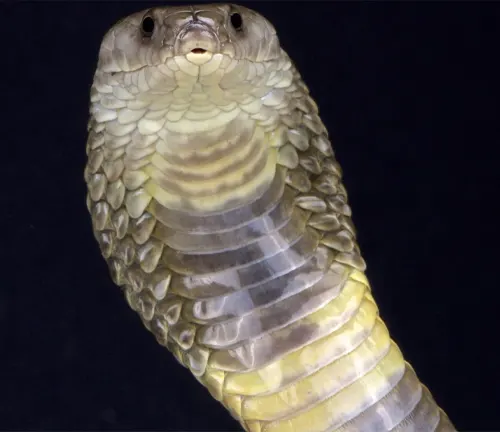

The Caspian Cobra typically exhibits a distinctive appearance, characterised by a sleek, elongated body and a hood that can be expanded when the snake feels threatened. Its coloration varies, with shades of brown, olive, or Gray, and it often features dark markings along its back. This highly adaptable serpent is known to inhabit a range of environments, including grasslands, rocky areas, and even urban areas, posing a potential threat to humans.
Despite its potentially dangerous nature, the Caspian Cobra plays a crucial role in maintaining ecological balance by controlling rodent populations. Conservation efforts are underway to protect this species and mitigate potential conflicts with human populations, emphasising the importance of coexistence and biodiversity preservation in the Caspian Cobra’s native habitats.
| Attribute | Details |
|---|---|
| Scientific Name | Naja oxiana |
| Family | Elapidae |
| Geographic Range | Caspian Sea region, including Iran and Turkmenistan |
| Venom Type | Neurotoxic |
| Appearance | Elongated body, hood for threat display |
| Coloration | Brown, olive, gray with dark markings |
| Habitats | Grasslands, rocky areas, urban environments |
| Behavior | Highly adaptable, potentially dangerous |
| Ecological Role | Rodent population control, ecological balance |
| Conservation Status | Conservation efforts for protection |
| Human Interaction | Potential threat, emphasis on coexistence |
| Importance | Biodiversity preservation and ecological balance |
Venomous or Not Venomous?
A crucial aspect of the Caspian Cobra’s identity lies in its venomous nature. The neurotoxic venom it possesses serves as a potent defensive mechanism and a tool for subduing prey. Understanding the intricacies of its venomous capabilities sheds light on the delicate balance between this species and its ecosystem, as well as the precautions necessary for human interactions.

Ecological Importance
Beyond its venomous reputation, the Caspian Cobra plays a pivotal role in maintaining ecological balance. Its adept rodent population control helps to regulate ecosystems and prevent unchecked growth of these pests. This ecological service underscores the interconnectedness of species within their native habitats.
Habitat
Adaptable and versatile, the Caspian Cobra thrives in various habitats, including grasslands, rocky areas, and even urban environments. Exploring its preferred living conditions provides insights into the snake’s ability to coexist with diverse surroundings, making it a testament to nature’s adaptability.
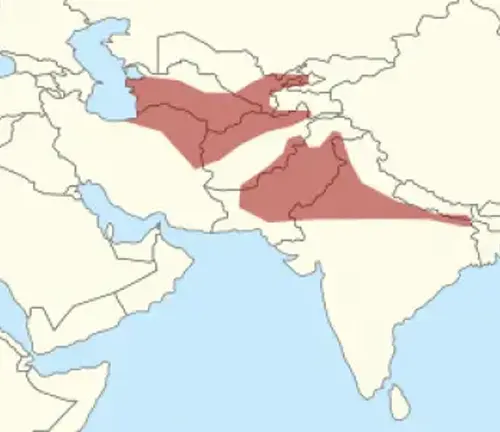
Behavior
The behavior of the Caspian Cobra is a fascinating aspect of its biology. Highly adaptable and potentially dangerous, its behavior is shaped by a combination of environmental factors and intrinsic instincts. Understanding these behavioral nuances contributes to both scientific knowledge and the development of strategies for peaceful coexistence.
Art And Culture
Intriguingly, the Caspian Cobra has found its way into the realms of art and culture in the regions it inhabits. From traditional folklore to contemporary artistic representations, the snake has become a symbol, sometimes embodying fear, respect, or even mysticism in local cultures. This intersection of nature and human expression adds depth to our understanding of the snake’s significance.
Survival
Survival in the wild is a perpetual challenge, and the Caspian Cobra has evolved remarkable strategies for it. From camouflage techniques to efficient hunting methods, exploring the survival mechanisms of this species provides a glimpse into the intricacies of its existence within the natural world.
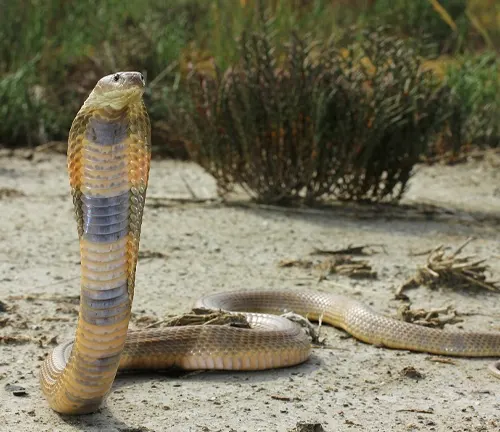
Conservation
Conservation efforts are underway to protect the Caspian Cobra and its native habitats. Balancing the need for preservation with potential conflicts arising from human interactions, these initiatives highlight the importance of safeguarding biodiversity and ensuring the continued existence of this unique snake species.

Common Food
Delving into the dietary habits of the Caspian Cobra reveals its preference for a variety of prey, primarily focused on controlling rodent populations. Examining its common food sources adds depth to our understanding of the ecological role this species plays in its ecosystem.
Benefits
The benefits of the Caspian Cobra extend beyond its ecological contributions. Understanding its role in pest control and the potential applications of its venom in medical research underscores the multifaceted importance of this species to both natural ecosystems and human endeavours.
Different Species
Indian Cobra
(Naja naja)
Found throughout the Indian subcontinent, the Indian Cobra is one of the most well-known and widely distributed cobra species. It is recognised for its distinctive hood and is often associated with Indian mythology.
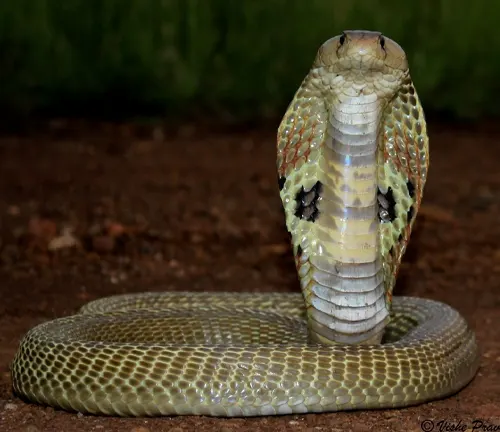
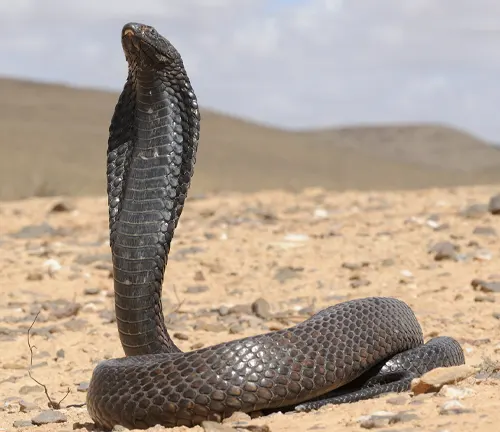
Egyptian Cobra
(Naja haje)
Also known as the “Asp,” the Egyptian Cobra is native to parts of North Africa and the Arabian Peninsula. It is venomous and can deliver potent neurotoxic bites.
Forest Cobra
(Naja melanoleuca)
Indigenous to the rain forests of Central and West Africa, the Forest Cobra is a highly venomous snake known for its arboreal lifestyle and potent venom.
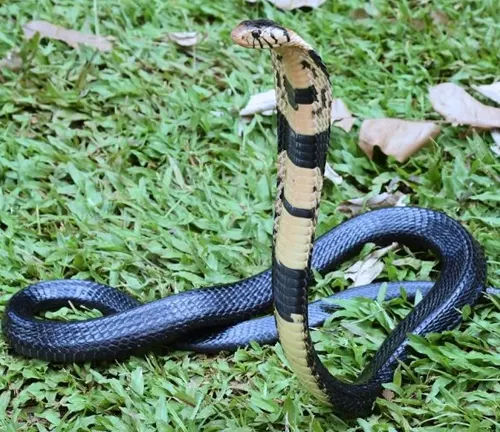
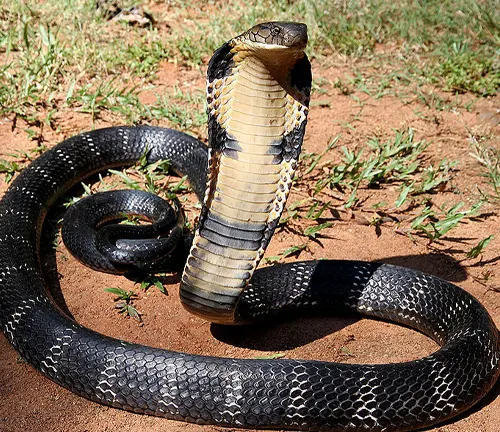
King Cobra
(Ophiophagus hannah)
Although not a true cobra (genus Naja), the King Cobra is worth mentioning. It is the world’s longest venomous snake and inhabits forests across Southeast Asia. Known for its impressive size and potent venom, the King Cobra is an apex predator.
Monocled Cobra
(Naja kaouthia)
Found in South and Southeast Asia, the Monocled Cobra is named for the distinctive, circular markings on the back of its hood. It is venomous and can deliver a potent cytotoxic bite.
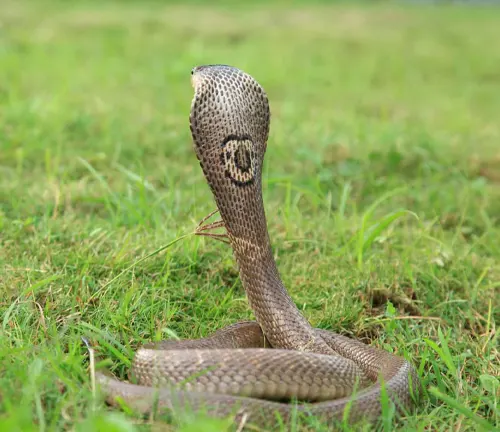
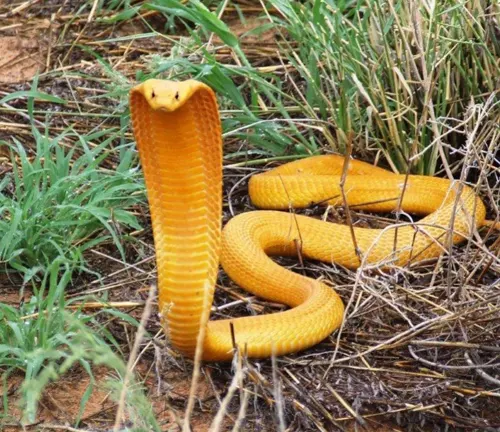
Cape Cobra
(Naja nivea)
Native to parts of southern Africa, including South Africa and Namibia, the Cape Cobra is a highly venomous species known for its smooth-scaled appearance and potent neurotoxic venom.
Mozambique Spitting Cobra
(Naja mossambica)
Inhabiting parts of southern Africa, this cobra species is notable for its ability to spit venom accurately at potential threats. The venom can cause severe irritation and damage to the eyes.
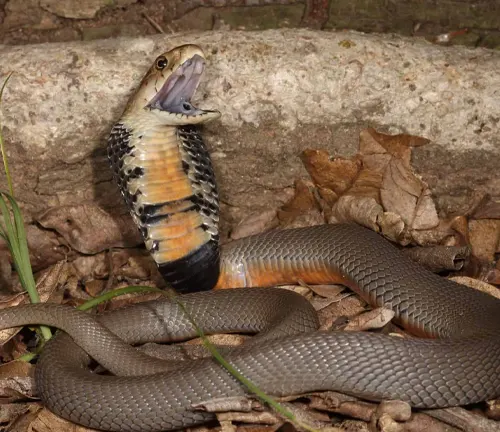
Conclusion
In conclusion, the Caspian Cobra stands as a testament to the intricate balance of nature. Its botanical beauty, ecological importance, and role in various aspects of human culture make it a species worthy of exploration and conservation. As we navigate the delicate coexistence between humans and this remarkable snake, a deeper understanding of its biology and significance can pave the way for a harmonious relationship with the natural world.
Frequently Asked Questions (FAQs)
- What is the Caspian Cobra?
An introduction to the Caspian Cobra, including its scientific name (Naja oxiana) and its native range around the Caspian Sea region. - Is the Caspian Cobra venomous?
Information on the venomous nature of the Caspian Cobra and the type of venom it possesses. - What does the Caspian Cobra look like?
Description of the physical appearance of the Caspian Cobra, including its size, coloration, and distinctive features such as its hood. - Where does the Caspian Cobra live?
Details about the habitats the Caspian Cobra occupies, such as grasslands, rocky areas, and urban environments in the Caspian Sea region. - How dangerous is the Caspian Cobra to humans?
Discussion about the potential threat posed by the Caspian Cobra to humans and the importance of understanding its behavior for safety. - What is the ecological role of the Caspian Cobra?
Explanation of the ecological importance of the Caspian Cobra, particularly in controlling rodent populations and maintaining ecosystem balance. - Are there conservation efforts for the Caspian Cobra?
Insights into ongoing conservation initiatives aimed at protecting the Caspian Cobra and its natural habitat. - Can the Caspian Cobra be kept as a pet?
Discussion on the feasibility and ethical considerations of keeping the Caspian Cobra as a pet, considering its venomous nature. - What is the cultural significance of the Caspian Cobra?
Exploration of the role of the Caspian Cobra in local art, folklore, and culture in the regions it inhabits. - What does the Caspian Cobra eat?
Information on the dietary habits of the Caspian Cobra, with a focus on its role in controlling rodent populations. - How can humans coexist with the Caspian Cobra?
Tips and guidelines for promoting peaceful coexistence between humans and the Caspian Cobra, emphasizing awareness and conservation efforts.



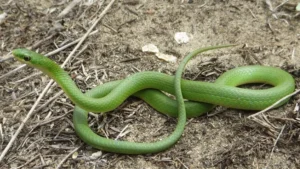


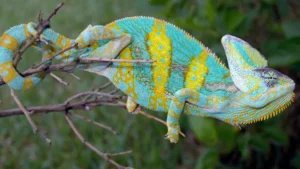

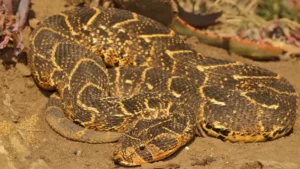
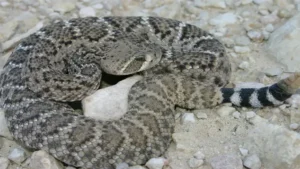

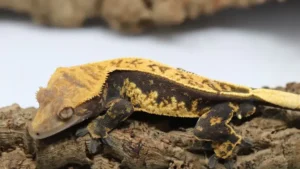

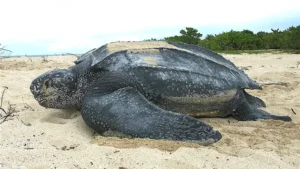
Leave your comment